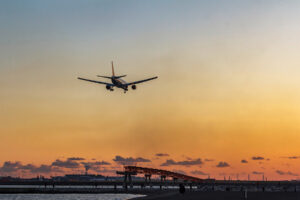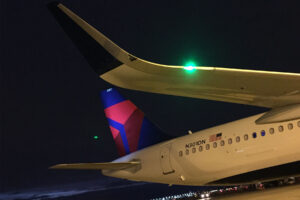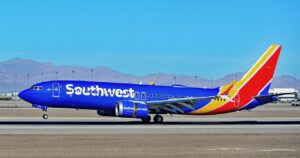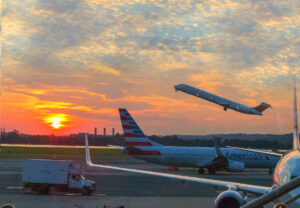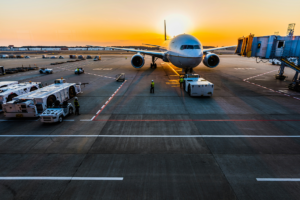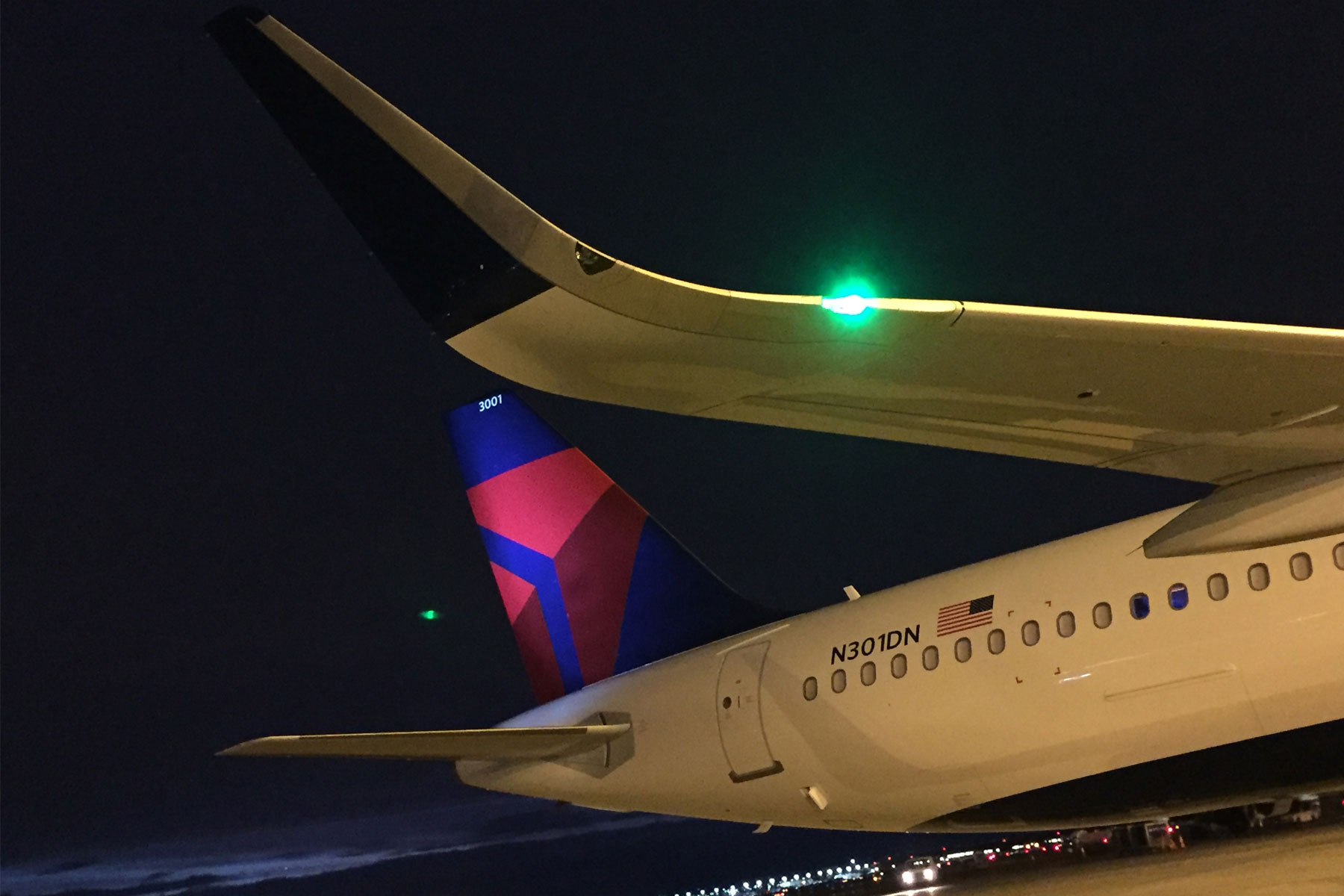Questions Emerge After Iran Plane Crash


A HESA Iran-140 passenger plane crashed on Sunday at 12:18 a.m. EDT, shortly after taking off from Mehrabad International Airport (THR) in Tehran. Of the 40 passengers and eight crew members on board Sepahan Airlines Flight 5915, the accident killed 39 and injured nine.
The aircraft was on its way to Tabas Airport (TCX) in eastern Iran when its engine malfunctioned, according to state-run Islamic Republic News Agency (IRNA). State television reported that the pilot detected technical issues four minutes after takeoff and attempted to turn the plane around before it crashed in a residential area of Azadi, a town south of THR. One survivor, Mohammad Abedzadeh, told The Associated Press that he saw the propeller failing to turn on as the plan ascended.
Investigators are still searching for the cause of the crash. Both black boxes have been recovered, Ahmad Majidi of the Transport Ministry’s crisis management office told the Iranian Students’ News Agency. Iran’s civil aviation chief, Ali Reza Jahangirian, confirmed to state television that one engine had gone out, but said that the plane should have still been able to fly. Iranian President Hassan Rouhani ordered all flights of the Iran-140 cease pending a full investigation.
An official for Sepahan Airlines, speaking anonymously, told The Associated Press that the carrier has not had any previous crashes since its founding in 2010. The official also said that the airline is affiliated with the Iran Aircraft Manufacturing Industrial Company (HESA). HESA is the company that assembles the Iran-140.
Mehrdad Lahouti, an Iranian lawmaker, told IRNA that the crash of a similar plane in 2009 that killed five people should have served as a wake-up. “Lawmakers visited the production site of the plane and expressed concern about its [safety],” Lahouti said, adding that the company should not have been allowed to operate the plane.
Sunday’s crash has increased criticism of Iran’s cash-strapped aviation sector and disparaging safety record. The country’s four largest carriers – Iran Air, Iran Aseman Airlines, Mahan Air and Iran Air Tours – have average fleet ages that exceed 22 years. Together, the four airlines serve 76 million people.
Aviation sources have claimed that Iranian planes have been poorly maintained with parts obtained through the black market, salvaged from other planes or reproduced locally. The international sanctions aimed at Iran’s nuclear program have also impacted maintenance efforts. Since their imposition, Iranian airlines have grown more reliant on Soviet-era planes, whose parts are increasingly difficult to obtain. Boeing and General Electric announced Friday they had received licenses to export certain parts for commercial aircraft to Iran under a temporary sanctions relief deal.
[Photo: Al-Alam]

